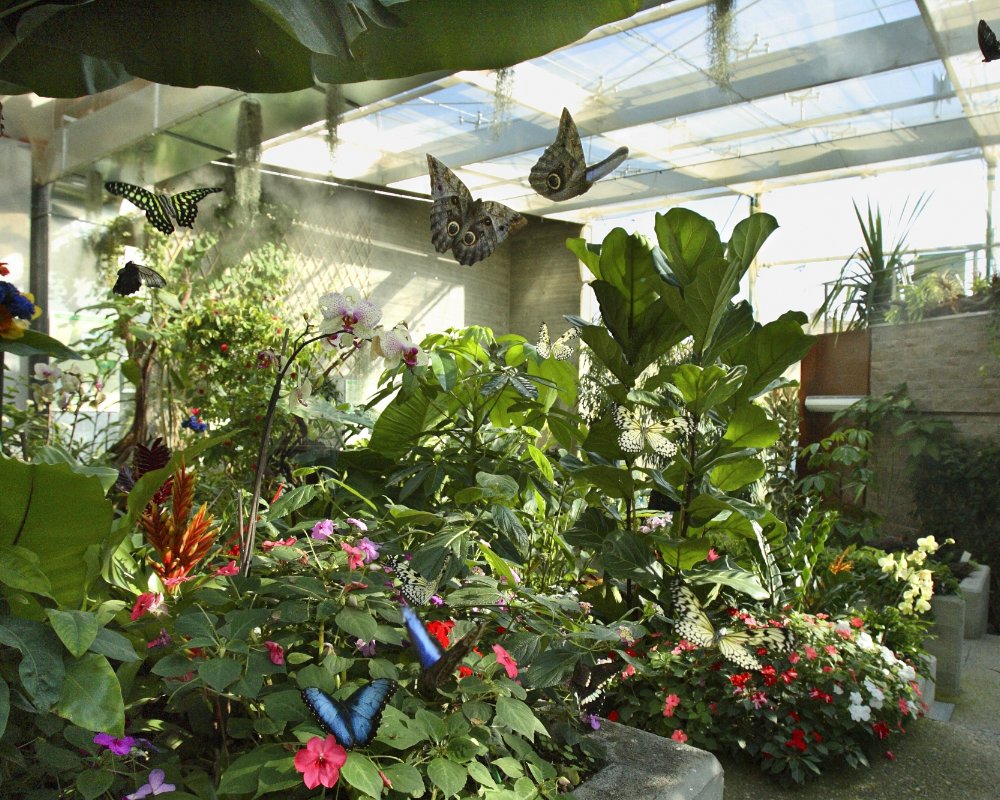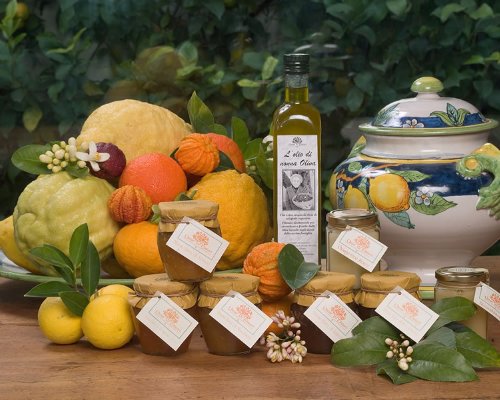A journey for all the family, in search of Pinocchio, flowers and printing houses
If you are looking for an unconventional journey, unexplored lands and charming adventures, the Valdienevole is the region for you. This part of Tuscany, encircled by the territories of Lucca and Pistoia, is known for its thermal springs, its intact towns, its flavours. We are in the land that inspired one of the most famous writers of all time, Carlo Collodi, for his famous fable of a wooden puppet, while Giuseppe Verdi loved to escape here to seek peace and wellbeing.
For this area we propose the various stages of a two-day journey, suitable also for families, to get to know the story of the city of Pescia, of Pinocchio, the most famous puppet in the world, and of Collodi, city of flowers and paper, with one of the oldest printing houses in Italy.
The first day of our journey begins at Pinocchio Park in Collodi, an old village unchanged for a century, with its identifying cascade of houses that falls from the hilltop and stops just before Villa Garzoni and its scenic 18th-century garden. This was the birthplace of the mother of Carlo Lorenzini and here the writer spent his boyhood with his grandparents, called Orzani. We understand then his reasons for adopting the pseudonym of Collodi for his Adventures of Pinocchio, a masterpiece for all time and all the world.
The garden of Villa Garzoni is a magnificent work of art for its amusements and water features, the large, star-shaped pools and geometrical structures in perfect harmony with the plants and flowers. The garden also contains the Collodi Butterfly House, a splendid greenhouse of stone and crystal where over a thousand species of butterfly from all over the world fly about. As for the Villa 'of a hundred windows', it is said that Napoleon stayed here.
We then move to the Bonsai Museum, a display of stupendous examples of century-old olive trees, little cypress shrubs, exotic figs, conifers and other exhibits of the strangest and rarest kind.
We finish the day with a visit to the Citrus Garden. With over 200 species of orange from every corner of the world, Hesperidarium is a botanic garden unique among its kind. Since 1500 the garden has been home to plants from Medici gardens, rare Oriental species and new imports from the southern hemisphere.
The first day of our journey begins at Pinocchio Park in Collodi, an old village unchanged for a century, with its identifying cascade of houses that falls from the hilltop and stops just before Villa Garzoni and its scenic 18th-century garden. This was the birthplace of the mother of Carlo Lorenzini and here the writer spent his boyhood with his grandparents, called Orzani. We understand then his reasons for adopting the pseudonym of Collodi for his Adventures of Pinocchio, a masterpiece for all time and all the world.
The garden of Villa Garzoni is a magnificent work of art for its amusements and water features, the large, star-shaped pools and geometrical structures in perfect harmony with the plants and flowers. The garden also contains the Collodi Butterfly House, a splendid greenhouse of stone and crystal where over a thousand species of butterfly from all over the world fly about. As for the Villa 'of a hundred windows', it is said that Napoleon stayed here.
We then move to the Bonsai Museum, a display of stupendous examples of century-old olive trees, little cypress shrubs, exotic figs, conifers and other exhibits of the strangest and rarest kind.
We finish the day with a visit to the Citrus Garden. With over 200 species of orange from every corner of the world, Hesperidarium is a botanic garden unique among its kind. Since 1500 the garden has been home to plants from Medici gardens, rare Oriental species and new imports from the southern hemisphere.
The second day begins among the flowers and greenery of the Comicent, the marketing centre of Pescia. Carnations, gladioli, chrysanthemums, lilies, roses, irises, orchids, olives and ornamental plants: these are the names of the protagonists of Pescia's new market. Groups book visits in advance.
It is worth a visit to the historic centre of Pescia. The city, with its origins in the medieval period, is divided by the river that defines the two urban sectors, that of the cathedral and the town hall, where the main piazza is located. Old palazzi and elegant churches characterise the historic centre which, despite having suffered some notable interventions, retains its original form.
You should see the Duomo, which rises on the site of the old 10th-century parish church of Santa Maria Assunta, the old piazza Grande, known in the Medieval era as the 'long market' and even now the scene of a typical market every Saturday. In the heart of the city there is also the Church of the Madonna di Piè di Piazza and Palazzo del Vicario, today the government centre of the municipality. In the Loggia monument to the war-dead there is a fresco attributed to Giovanni da Sangiovanni and a winged Victory in bronze by Libero Andreotti. And it is to the Pesciatino Andreotti, one of the greatest exponents of Italian sculpture in the early 20th century, that the Gipsoteca in the 14th-century Palazzo del Podestà is dedicated.
If you are interested in religious architecture, you can enter the Church of San Francesco, inside which you will find the famed panel painting by Bonaventura Berlinghieri, dating to 1235, depicting Saint Francis and six episodes from his life. You could also go in the Church of Sant'Antonio Abate, which keeps the precious group of 13th-century wooden sculptures known colloquially as I Santi Brutti (the ugly saints), and, in the main chapel, 15th-century frescoes by Bicci di Lorenzo.
After visiting the gallery of the former Benedictine monastery of San Michele, with its numerous paintings and sculptures by Tuscan artists, the last stage of our journey is the Benedetti printing house, one of the oldest in Italy, founded in the earliest years of the 20th century and still active today.
The second day begins among the flowers and greenery of the Comicent, the marketing centre of Pescia. Carnations, gladioli, chrysanthemums, lilies, roses, irises, orchids, olives and ornamental plants: these are the names of the protagonists of Pescia's new market. Groups book visits in advance.
It is worth a visit to the historic centre of Pescia. The city, with its origins in the medieval period, is divided by the river that defines the two urban sectors, that of the cathedral and the town hall, where the main piazza is located. Old palazzi and elegant churches characterise the historic centre which, despite having suffered some notable interventions, retains its original form.
You should see the Duomo, which rises on the site of the old 10th-century parish church of Santa Maria Assunta, the old piazza Grande, known in the Medieval era as the 'long market' and even now the scene of a typical market every Saturday. In the heart of the city there is also the Church of the Madonna di Piè di Piazza and Palazzo del Vicario, today the government centre of the municipality. In the Loggia monument to the war-dead there is a fresco attributed to Giovanni da Sangiovanni and a winged Victory in bronze by Libero Andreotti. And it is to the Pesciatino Andreotti, one of the greatest exponents of Italian sculpture in the early 20th century, that the Gipsoteca in the 14th-century Palazzo del Podestà is dedicated.
If you are interested in religious architecture, you can enter the Church of San Francesco, inside which you will find the famed panel painting by Bonaventura Berlinghieri, dating to 1235, depicting Saint Francis and six episodes from his life. You could also go in the Church of Sant'Antonio Abate, which keeps the precious group of 13th-century wooden sculptures known colloquially as I Santi Brutti (the ugly saints), and, in the main chapel, 15th-century frescoes by Bicci di Lorenzo.
After visiting the gallery of the former Benedictine monastery of San Michele, with its numerous paintings and sculptures by Tuscan artists, the last stage of our journey is the Benedetti printing house, one of the oldest in Italy, founded in the earliest years of the 20th century and still active today.


